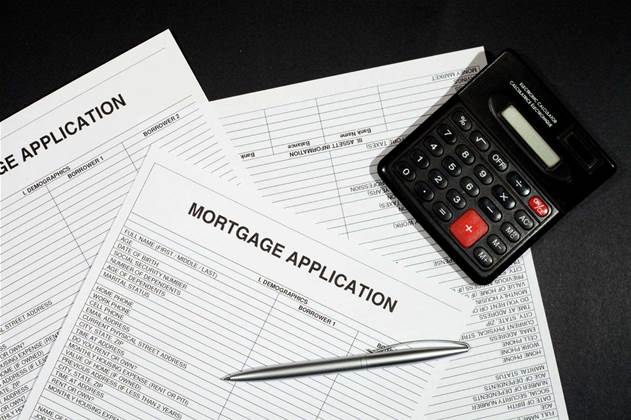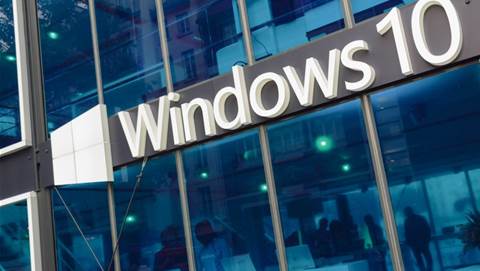South Australians can now settle property transactions online after enabling legislation allowing use of the national PEXA platform came into force.

The Property Exchange Australia (PEXA) platform has been rolling out gradually across the nation since it was launched in 2013 by the government-backed National Electronic Conveyancing Development Limited (NECDL).
The platform is an Accenture-built, Telstra-hosted electronic conveyancing solution that borrowed elements of Victoria’s existing ECV system. The state's land and title body was the first to sign up to the platform.
It allows banks to process mortgages, discharges, transfers and refinances online.
At the moment, solicitors representing the buyer and seller as well as the mortgage provider and mortgagee need to physically exchange sets of printed information before a property can be settled.
PEXA pre-populates this information and verifies it against land registry data, with final funds settling through the Reserve Bank, removing the need for cheques and face-to-face meetings.
As of today, South Australia has joined Victoria, New South Wales, Queensland and Western Australia to go live with the platform.
E-conveyancing legislation enabling the use of the PEXA platform came into force today, allowing conveyancers, solicitors, banks, credit unions and mutuals to digitally exchange property.
“Going digital puts an end to costly cheques and piles of documents. Crucially, conveyancers and solicitors acting on behalf of buyers and sellers can say goodbye to sitting on hold in bank call centre queues and travelling to Grenfell Street to attend settlement," PEXA CEO Marcus Price said in a statement.
Around 80 financial institutions nationally are currently signed up to the platform, and 2500 solicitors and conveyancers are using PEXA in the states the platform is operating.
Tasmania will be next to jump onboard the platform in 2017, with the Northern Territory and the ACT to follow at a later date.
The NECDL has previously said it expects electronic conveyancing to generate $240 million in annual efficiency gains.
























